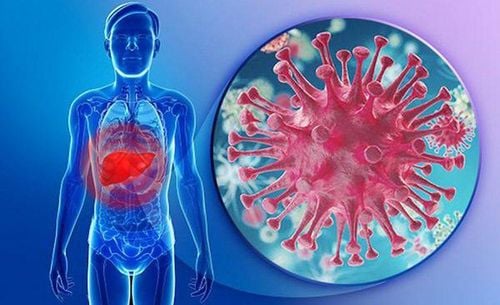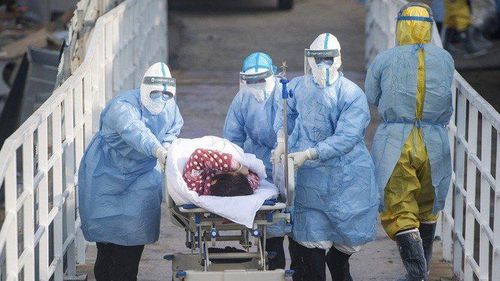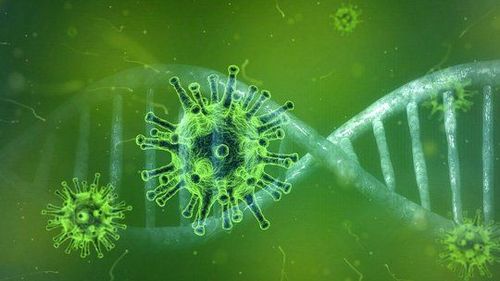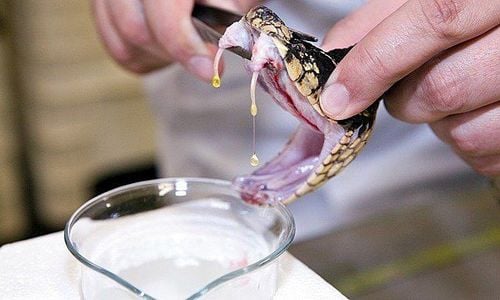This is an automatically translated article.
Before the COVID-19 pandemic, humanity had experienced the 2003 SARS pandemic with similar characteristics. The knowledge of SARS provides a wealth of experience for the prevention of respiratory diseases in general. So how was the SARS virus that caused the 2003 pandemic transmitted? This is a question that many people want to know at the moment.1. What is SARS?
Severe acute respiratory syndrome (SARS) is a respiratory illness caused by coronavirus (SARS-CoV). SARS was first reported in Asia in February 2003. The disease had spread to more than two dozen countries in North America, South America, Europe and Asia before the 2003 global SARS outbreak was contained.Currently, there are no recorded cases of SARS anywhere in the world. The most recent human cases of SARS-CoV were reported in China in April 2004 as a result of laboratory transmission.
2. How is SARS transmitted?
There are currently two modes of transmission of SARS-CoV:Transmission by close contact: that is, by droplets, which are thrown from an infected person when they cough, sneeze, blow their nose or talk. If you stand near these people or come into close contact with them, you run the risk of becoming infected. Transmission through objects that carry the virus: when an infected person coughs and sneezes, the virus-carrying droplets can stick to objects, doors, and floors and stay there for a while. If your hands touch objects that contain the virus, and then bring them to your nose or mouth, you are likely to contract the virus. There may also be other routes of transmission that we have not yet identified.

SARS-CoV lây truyền qua 2 hình thức là lây truyền qua tiếp xúc gần và lây truyền qua vật dụng có mang virus
3. What does close contact mean?
Close contact is defined as caring for or living with a person who is confirmed to have SARS or is likely to have had direct contact with respiratory secretions or bodily fluids of a patient with SARS. Examples include kissing or hugging, sharing food, grilling drinks, having close conversations (within 1 meter), examining the body or any direct physical contact with an infected person. Close contact does not include activities such as walking together or sitting together in a waiting room or office.4. If I am exposed to SARS-CoV, how soon will I get sick?
The time period between exposure to SARS-CoV and the onset of symptoms is called the incubation period. The incubation period for SARS is usually 2 to 7 days, although in some cases it can be as long as 10 days. In a very small proportion, incubation periods of up to 14 days have been reported.5. How long can a person with SARS infect others?
The information collected shows that people with SARS only transmit the disease when they have symptoms, such as fever or cough. Patients are most contagious during the second week of illness. However, to prevent the spread of the disease, the CDC recommends that people with SARS limit interactions with the outside community (for example, by not going to work or school) for up to 10 days after the illness has passed. respiratory symptoms), when symptoms have improved.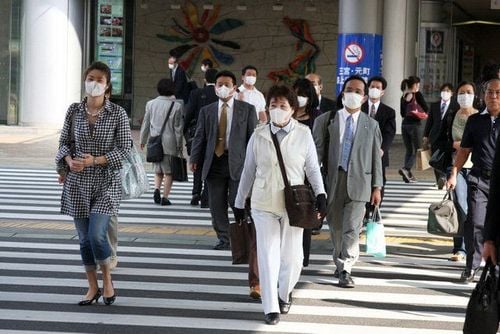
Những người bị SARS chỉ truyền mầm bệnh khi họ có các triệu chứng
6. Is it possible for people with SARS to transmit the disease before symptoms appear?
To date, no cases of SARS have reported contact with an infected person before they showed symptoms. That is, studies show that infected people are infected by contact with patients with symptoms.7. What is the recommended treatment for patients with SARS?
CDC recommends that patients with SARS receive the same treatment as patients with severe community-acquired pneumonia. SARS-CoV is undergoing experimental treatment with different antiviral drugs to see if this treatment works.8. If there is another SARS outbreak, how can I protect myself?
There are some common-sense precautions you can take for many different infectious diseases, including SARS. The most important thing is to wash your hands often with soap or an alcohol-based hand sanitizer. You should also avoid touching your eyes, nose, and mouth when your hands are not clean, and encourage people around you to cover their nose and mouth with a tissue when coughing or sneezing.9. Is there any connection between SARS- CoV and N-coronavirus 2019
Since it was first discovered in Wuhan, many scientists, clinical and paraclinical researchers have quickly embarked on studying the characteristics of the 2019 corona virus in order to find effective measures. in treatment as well as prevention. And people find a lot of similarities in terms of disease conditions and modes of transmission. Because SARS-CoV and nCoV 2019 both belong to the family of coronaviruses. However, they are not exactly the same, thus causing many difficulties and challenges in disease prevention and treatment.So far, we see similarities in the way of transmission: they are all transmitted by close contact (droplets) or contact with objects that carry the virus. Therefore, recommendations for the SARS epidemic such as washing hands and wearing a mask when coughing, sneezing, and runny nose are widely applied to nCoV-2019.
However, they also have differences that make the current epidemic very difficult to control: unlike SARS-coV, nCov-2019 is suspected to be contagious during the incubation period, up to 14 days. The ability of this virus to survive in different conditions outside the environment has not been determined. Therefore, the spread of this virus is more dangerous and difficult to control.
As for the degree of danger measured based on mortality, it is not known with certainty at this time. Statistics show that patients often have mild, not severe symptoms. As with SARS, the treatment is with antiviral drugs and supportive treatment when symptomatic. To date, different treatments are still being tested.
10. Conclusion
For SARS or Covid 19 in particular and respiratory diseases in general, the most basic preventive measures are washing hands, wearing masks, and self-improvement. You should regularly follow the above measures to significantly reduce the risk of respiratory infections.Customers can directly go to Vinmec Health system nationwide to visit or contact the hotline here for support.
Articles refer to the source: cdc.gov
MORE:
2019-nCoV is the same as the virus that causes MERS and SARS? Information to know about the 2003 SARS pandemic When did the SARS epidemic appear in Vietnam?






